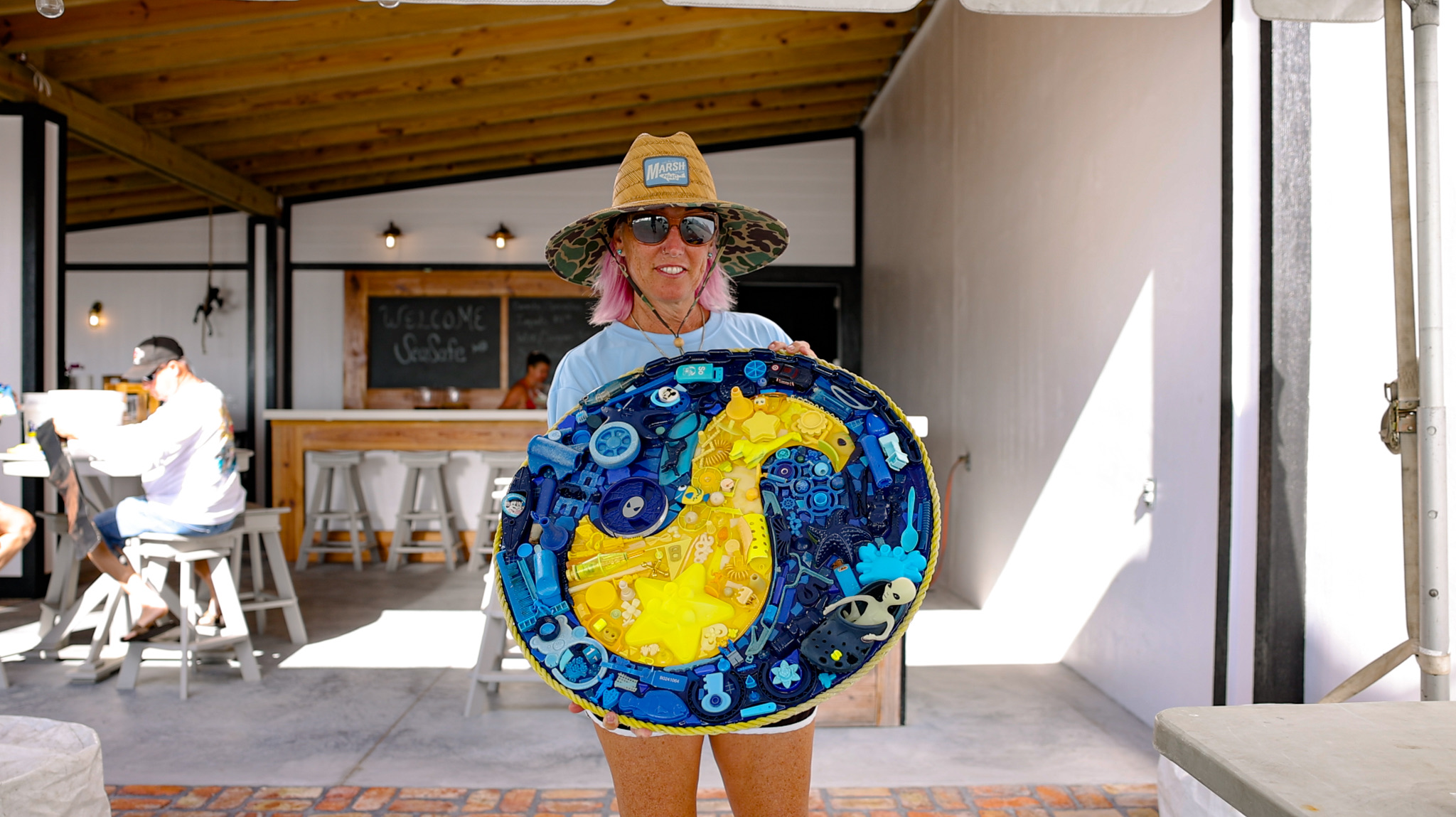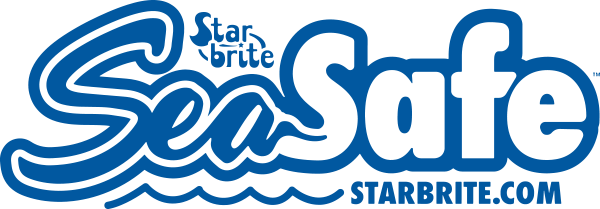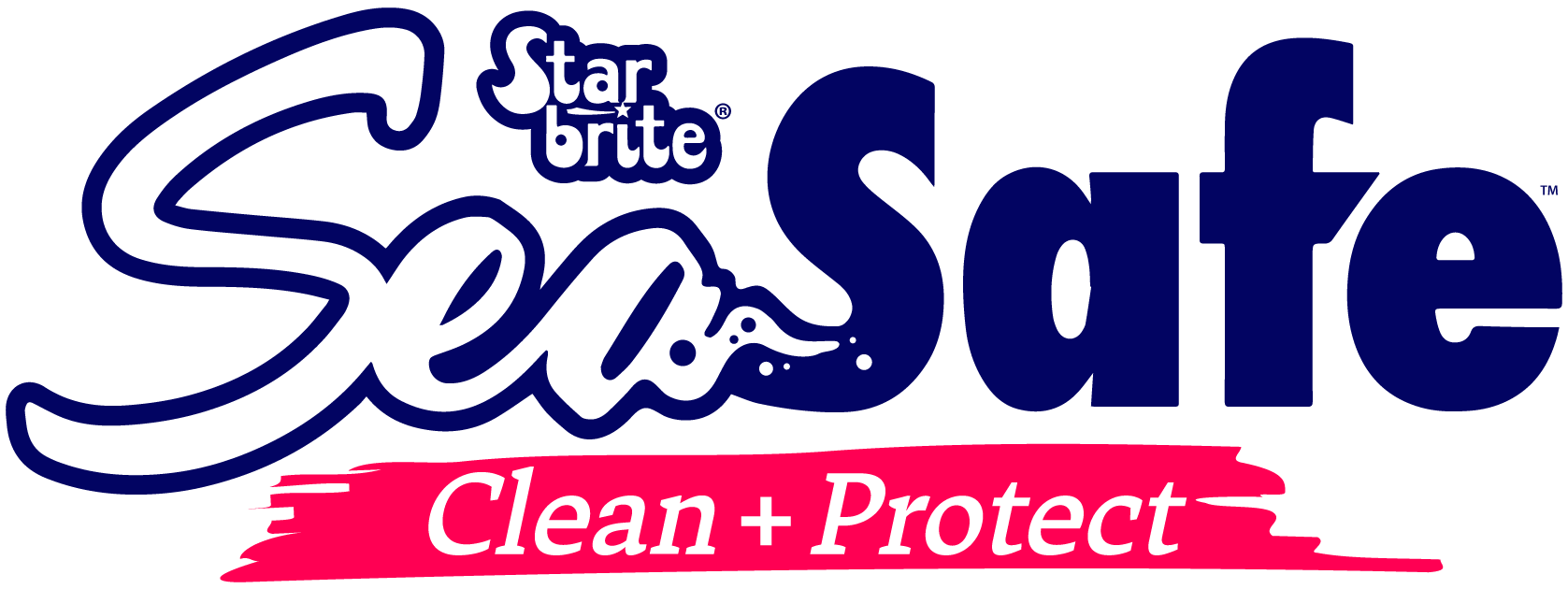SeaSafe is a path you choose.
Project SeaSafe began as a way to give back. For almost 50 years of business, Star brite has long sponsored and supported local projects, initiatives, charity tournaments, fundraisers, water cleanups…the list goes on. Not every dollar or product goes to the environment, but we believe conservation is a bigger idea. It’s about more than the here and now, but rather passing something down to generations to come. Be it repopulating clams along Florida’s coast or supporting cancer research, it’s all SeaSafe to us. Because everything flows into the sea.
About 15 years ago, we got the idea to develop a line of boat cleaning products that bore the SeaSafe moniker. It was a struggle then. There weren’t many unified standards or certifications for chemicals available to consumers. The few green labels that existed then have since disappeared into the tomes of greenwashing or simple irrelevance. Those that survived intend to solve issues on a greater scale, such as reducing packaging or shipping more concentrated products. But back then we had to rely mostly on recyclability and biodegradability.
In 2010, we developed a SeaSafe line—its second launch—centered around those two concepts. We found bottles that biodegrade and used formulas that also readily degraded. Artist Carey Chen loaned his art to create some of the most beautifully-labelled marine cleaning products on the market. These are the products still on shelves.
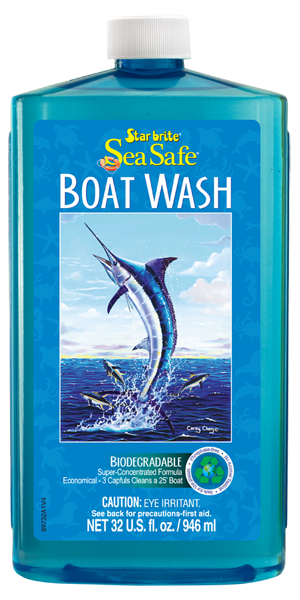
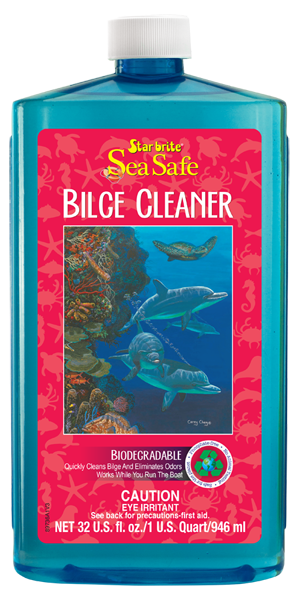
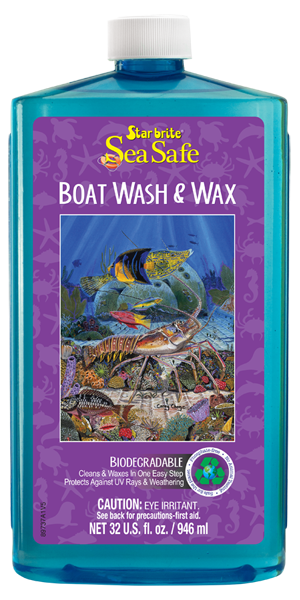
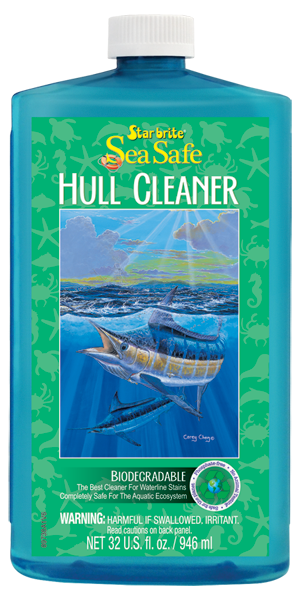
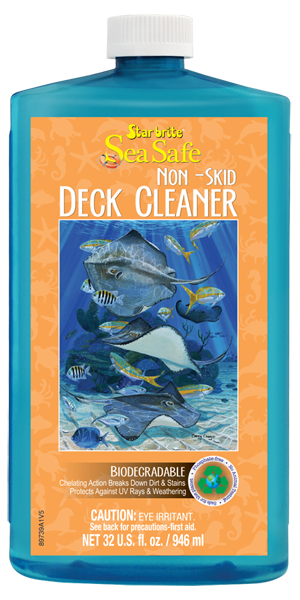
That’s when we began donating proceeds from the line to support conservation efforts. Our involvement with local projects, like Sea Turtle Oversight Protection, began. We also realized that we could wrap more of our community outreach under this line of products that represented the future, and it’s when Sea Safe suddenly transformed into Project SeaSafe.
In the decade since those products took off, environmental focus has shifted—or rather has sharpened. We’ve all become smarter and more aware of these issues. It’s not enough to just be biodegradable, but to answer how long will it take and at what cost.
The issues we face as a chemical manufacturer mostly center around safety. Plastic bottles, for example, have become the focus of many environmental initiatives, but they still remain one of the safest modes of packaging potentially harmful chemicals. They are also highly recyclable. Some dangerous chemicals simply cannot go into environmentally-friendly packaging. However, since we last designed this line, new technologies have been developed that seem lightyears ahead of what we had available then, and highly recyclable and/or biodegradable bottles are again a possibility.
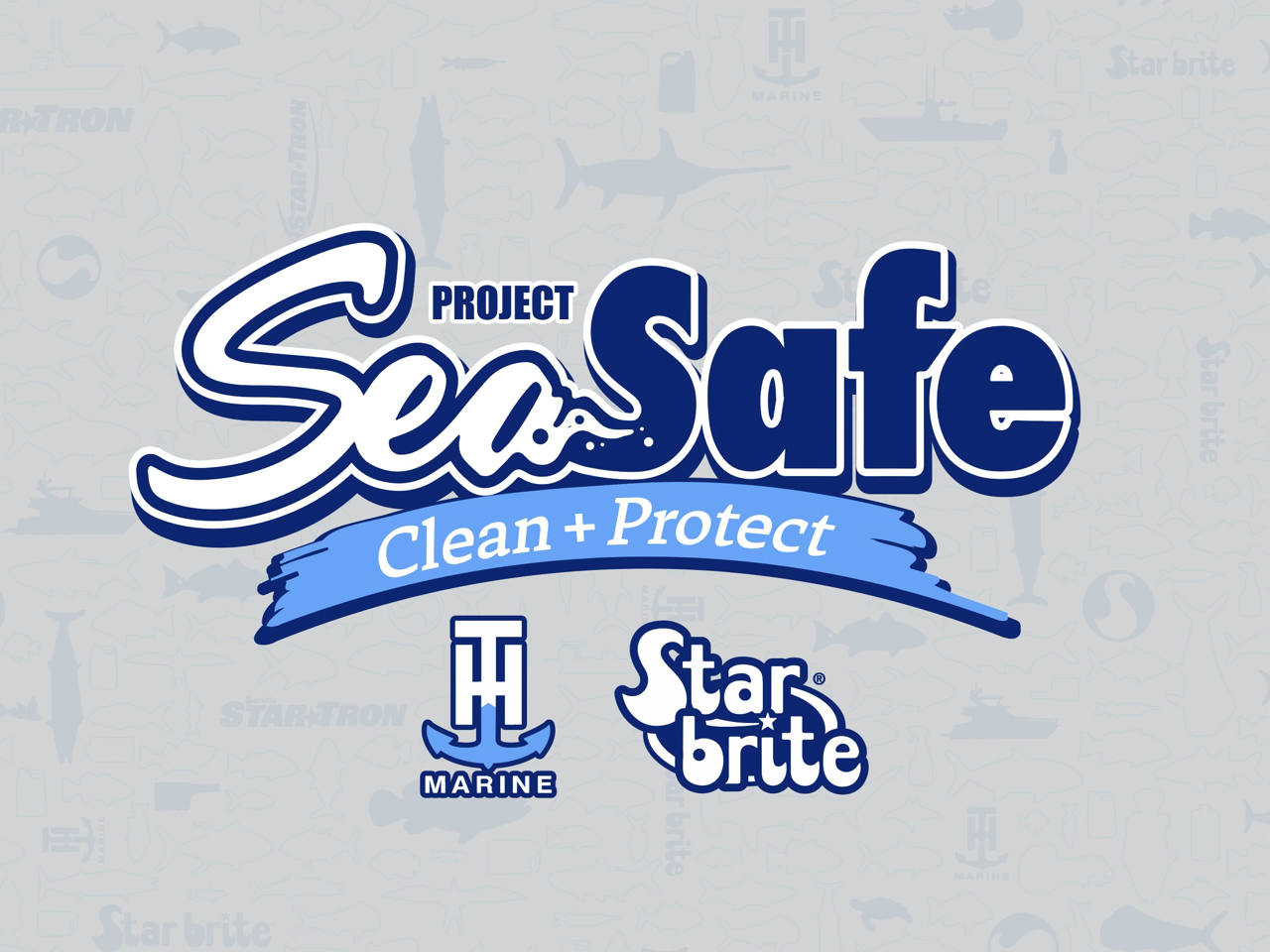
Also, new issues have arisen that change our perspective, and our focus going forward has shifted from litter to the water itself. We feel that if we can develop products that are safe enough for direct release, then we’ve succeeded in solving the most pressing issue facing marine life today: the effects of putting chemicals into our waterways.
The new SeaSafe line is in final stages of development and we hope to begin switching out some of our most popular formulas for direct release alternatives soon.
We think that’s what a responsible chemical company does, so we’re doing it.
Greg Dornau
And Project SeaSafe, which has grown larger than the products that started it, is finally finding its own voice and now has a platform to be seen on. With the appointment of Cory Redwine as its Preservation & Conservation Director, Project SeaSafe is being seen and backed with the energetic and charismatic action that only Cory can bring to a project. We’re looking forward to this new SeaSafe 3.0 and all the good things that are being created and supported through it. It’s the path we choose.
– Team Star brite
